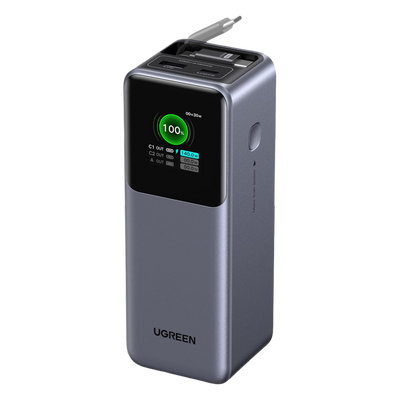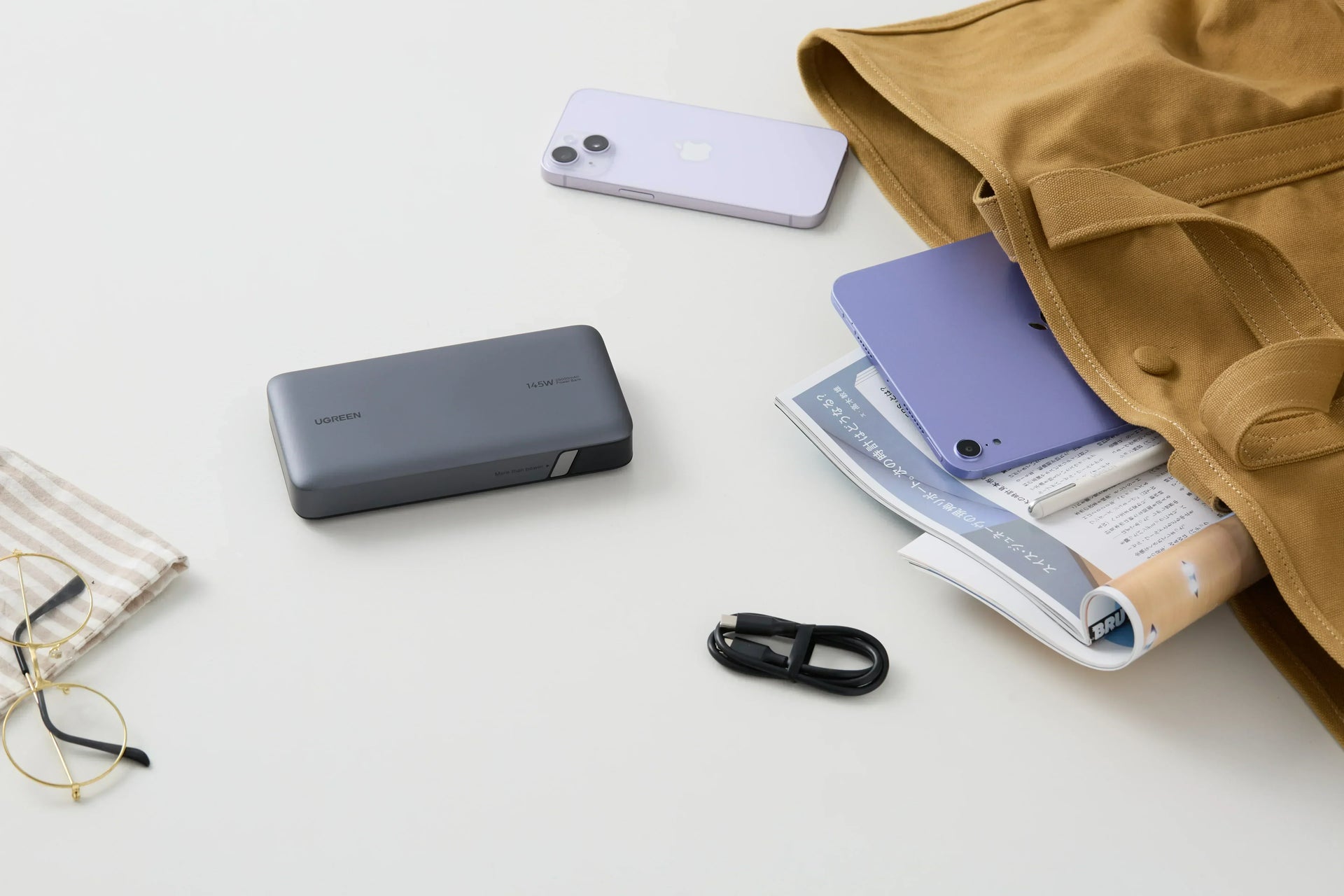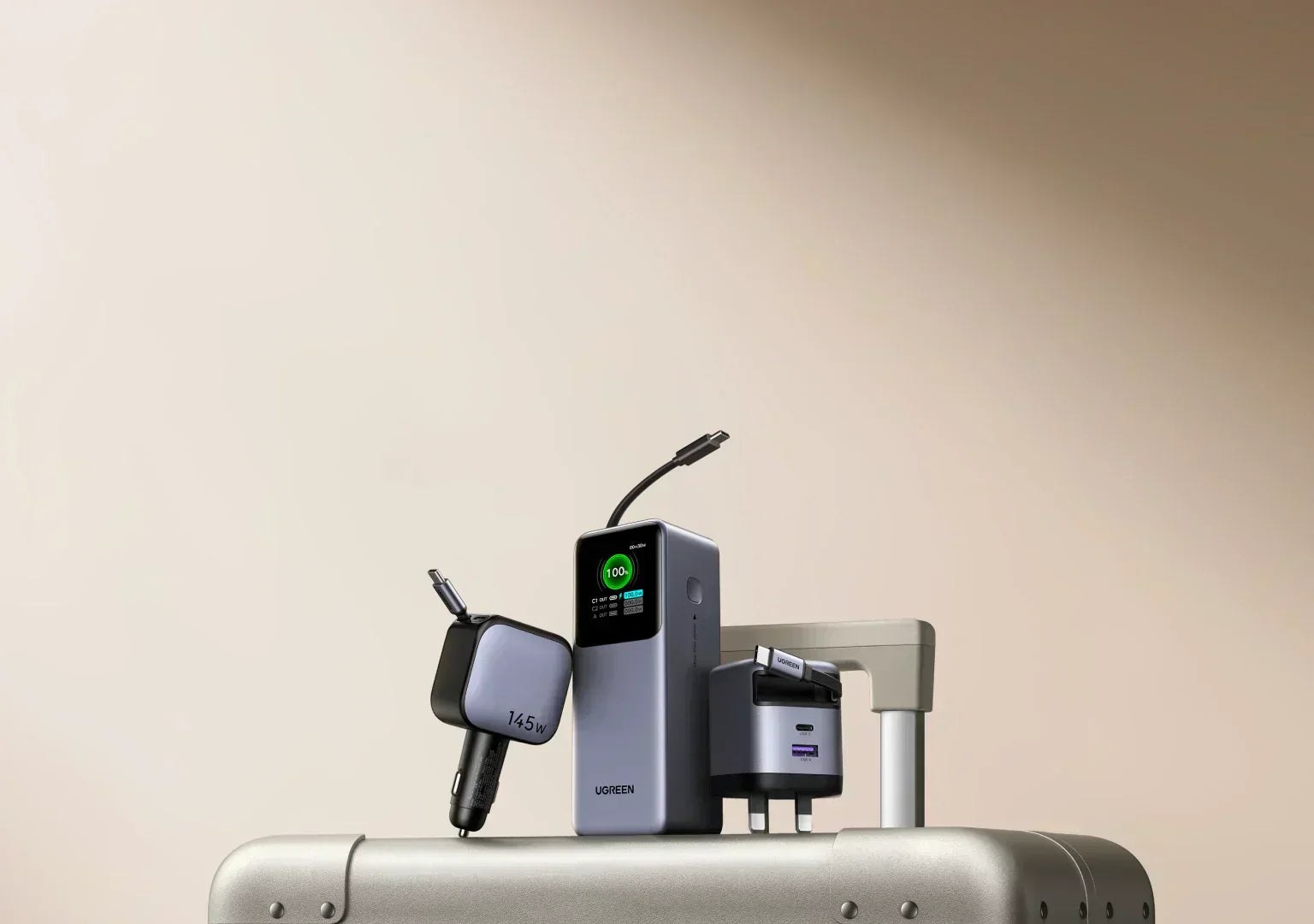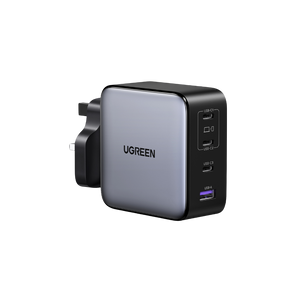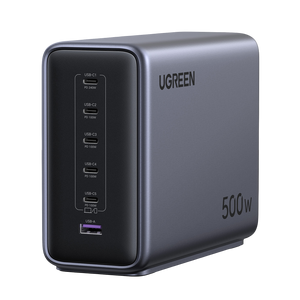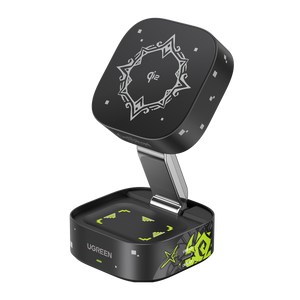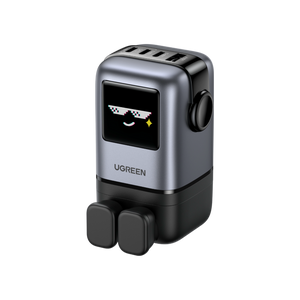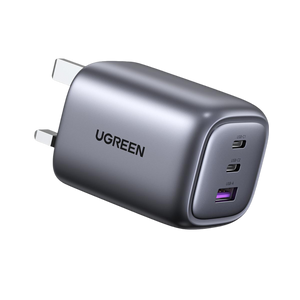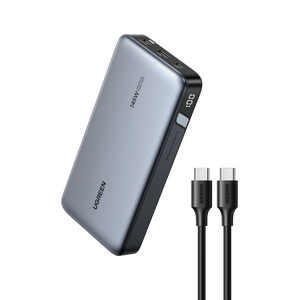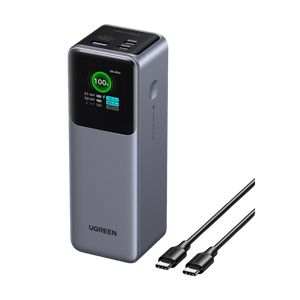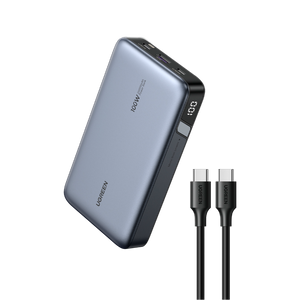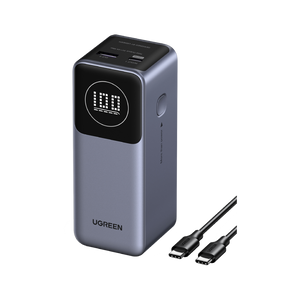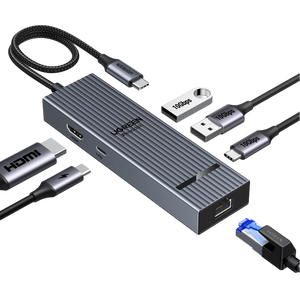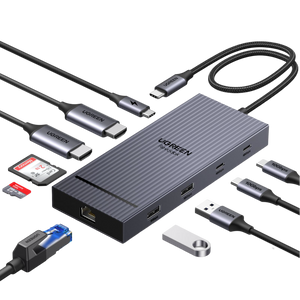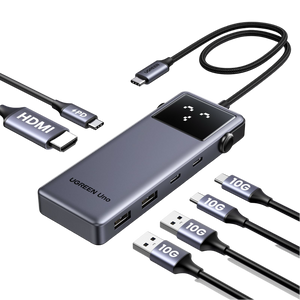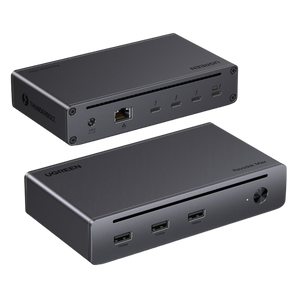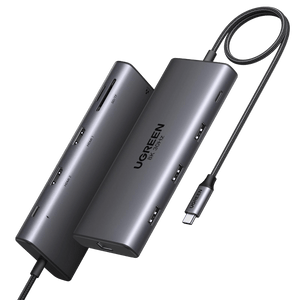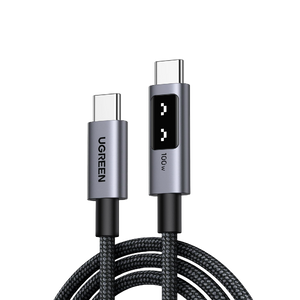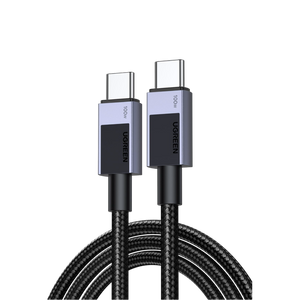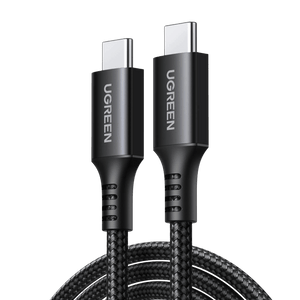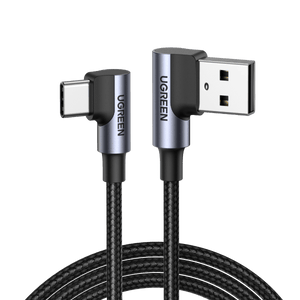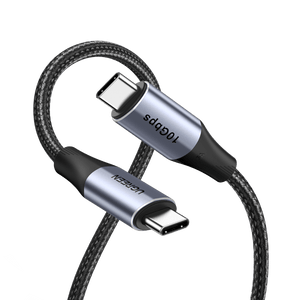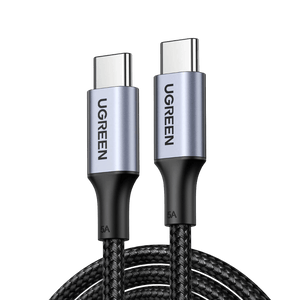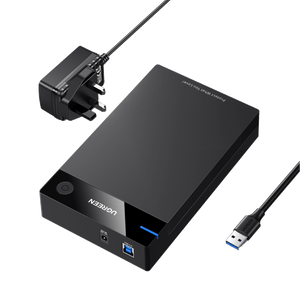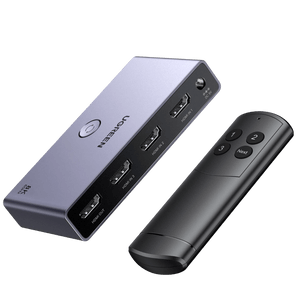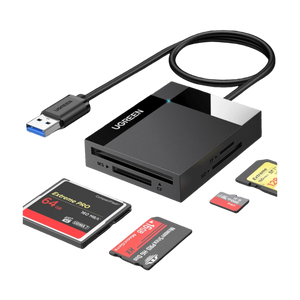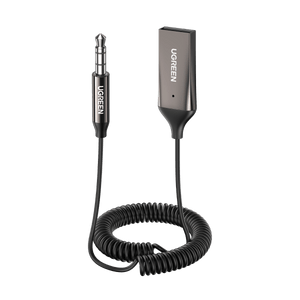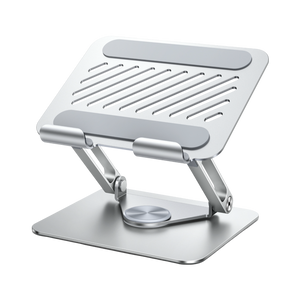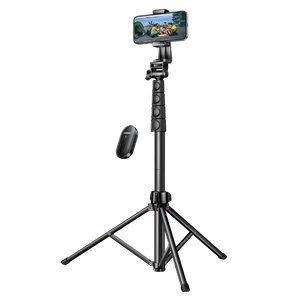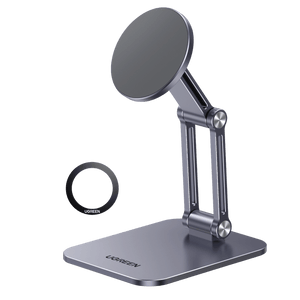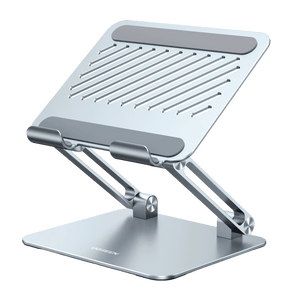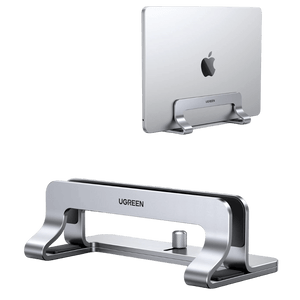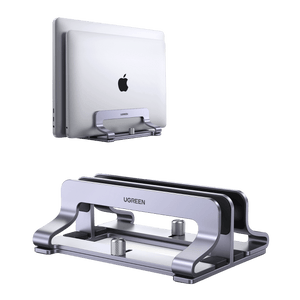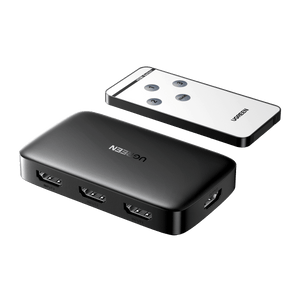How Long Does a Portable Charger Last: Real Lifespan Revealed (With Usage Tips)
A power bank, also known as a portable charger, is the kind of accessory that you don’t really think about until the moment you actually need one. These compact devices can provide extra power to revive your phone, tablet, or earbuds without desperately looking for an outlet. But as handy as they are, two questions inevitably arise when people want to buy a portable charger: how long does a portable charger last, and how many times can it charge a device on one charge? These aren’t technical specification questions; they ultimately determine whether or not a portable charger is a good investment or a frustrating extra item to carry around.

What Are the Key Factors That Determine the Lifespan of a Portable Charger?
Most portable chargers don’t stop working overnight. Instead, they slowly lose strength, usually after two to four years of use. The lifespan of a portable charger is determined by four interconnected factors that act in tandem either to preserve or shorten its operational life.
Battery Cycle Life
All power banks are made using lithium-ion or lithium-polymer cells, and their durability is measured in charge and discharge cycles. One cycle is a complete charge and discharge, though partial charges can be counted as one cycle. Think of your power bank as a notebook. As you fill each page with a whole cycle, you tear it out. Cheaper cells are like thin notebooks. After about 300 to 500 pages(cycles), they start to look like worn paper, with only 80% of their capacity remaining usable. While High-quality cells, such as those used by Apple and UGREEN, resemble a thicker notebook that can last for 800 to 1,000 pages(cycles) before they start to wear out. The bigger the “notebook,” the longer your power bank remains useful.
Habits and Frequency of Use
How you utilise that “notebook” also matters. If you’re writing on it constantly, by charging and discharging your power bank several times a day, you’ll eventually run out of pages (power). Additionally, keeping your phone plugged in while it’s on the charger also puts stress on the device. This is because extra heat is generated as the power bank is being forced to charge your phone while charging itself. Another common mistake is leaving the charger fully charged (100%) or dead (0%) for weeks at a time. Cells do not like being at extremes. Keeping them between 20% to 80% is similar to giving them some breathing room. It slows wear and makes the power bank last longer.
Environmental Conditions
Environment plays a behind-the-scenes role too. Heat is especially brutal. Storing a power bank in the glove compartment on a hot July day is similar to putting a chocolate bar in the same place. It won’t be the same when you come back to your car. The electrolyte within the cells will begin to degrade, potentially reducing its lifespan. Humidity presents a different issue. Moisture can creep into circuits and lead to hidden corrosion that’s only visible when the charger begins malfunctioning. That’s why the way to protect your power bank from environmental factors is to store it in a cool, dry environment at 15–25°C. Additionally, if you won’t be using the power banks for months, it’s best to keep them half charged.
Battery Quality and Protection Design
Lastly, the difference between a budget charger and a high-end charger typically lies in protection design and cell quality. Budget devices may be less expensive, but they typically use different cells with greater internal resistance. This decision leads to quicker aging and energy loss in the form of heat. In contrast, higher-quality brands use Battery Management Systems (BMS) that actively regulate voltage, current, and temperature. UGREEN Nexode line even uses Thermal Guard™ technology, monitoring the temperature 200 times per second to prevent overheating when performing fast charging. Apple does the same by putting strict cycle and safety limits on every battery it approves.

Do Different Portable Types of Portable Chargers Have Different Lifespans?
Not all power banks age the same way. Two models may appear exactly alike on the outside, but their longevity is determined by their design, size, and the cells inside, which are not visible.
Wired vs Wireless
On a chemical level, wired and wireless chargers use the same lithium-ion cells and theoretically have the same cycle life. The key difference lies in their efficiency. Wireless charging loses more energy as heat, and heat is the absolute worst enemy of battery health. Over time, this excess heat makes wear accumulate faster, which is why wireless chargers appear to deteriorate faster than wired ones.
Small vs Large Capacity
Capacity determines how often you need to recharge the power bank itself. A 5,000mAh charger might only manage a single phone charge, but it will need to be constantly filled up. This frequent recharging is quickly using up its cycle count. A 20,000mAh pack, on the other hand, can provide several charges and doesn’t need to be filled up as regularly. With fewer cycles used over the same period, larger banks have a tendency to last longer under similar conditions.
Battery Quality
Finally, battery quality is what separates budget chargers from premium options. Regular cells start to deteriorate after 300 to 500 cycles, dropping to a capacity of about 80% of their original capacity. High-quality chargers, like Apple’s own batteries or UGREEN’s Nexode line, use A-grade cells that can support 800 to 1,000 cycles. It is that superior chemistry that turns a short-term backup into a reliable long-term companion.
How Long Does a Portable Charger Last After a Full Charge? (Runtime)
If there is one thing every buyer wants to know before they press the “add to cart” button, it’s this: how many times will it charge my phone? It’s the most logical way of determining whether a charger is for you. The blunt answer is not just a number, as runtime depends on three variables: the power bank’s capacity, your device’s battery size, and how efficiently energy transfers between the two. Let’s go through each variable in order.
Capacity Matters
5,000mAh, 10,000mAh, and 20,000mAh are what you see on a power bank label. That figure tells you how much energy its cells can store. A slim 5,000mAh model is really just an emergency backup, often enough for one phone top-up. Step up to 20,000mAh or more, and you’re looking at several recharges before the USB rechargeable batteries themselves need to be plugged in. But those numbers don’t translate directly into “charges,” because your device’s battery and energy losses have to be factored in.

Device Battery Size
Your phone is the benchmark for assessing a power bank’s capacity. A phone like the iPhone 16 has a 3,561mAh battery, and the Galaxy S24 has a 4,000mAh battery. Smaller phones suck power by comparison: the Apple Watch Series 10 has only 327mAh, and the AirPods Pro 2 charging case has 523mAh. The same 10,000mAh pack that fills up a Galaxy twice would fill an Apple Watch twenty times.
Efficiency Losses
And then there is the silent drain that no one sees: efficiency loss. Cells in power banks are built around 3.7V, but most phones run around 3.85V. That difference and the conversion process, cables, and occasionally wireless coils, all nibble at available power. In fact, phone tests reveal wireless charging consumes 39% more energy than wired charging. Which means most real-world banks only get as high as 65–80% efficiency. It’s also why your “20,000mAh” pack never exactly provides five full charges to a 4,000mAh phone.
If you like numbers, here’s the best method of estimating runtime:
Charging times ≈ (Power bank capacity × 3.7 × Efficiency) ÷ (Device battery capacity × 3.85)
It looks complicated, but all it’s really doing is converting both batteries into the same energy unit and then accounting for losses.
| Device | 5000 mAh | 10000 mAh | 20000 mAh | 25000 mAh |
|---|---|---|---|---|
| iPhone 16 | 0.9–1.1x | 1.8–2.2x | 3.5–4.3x | 4.4–5.4x |
| Galaxy S24 | 0.8–1.0x | 1.6–1.9x | 3.1–3.8x | 3.9–4.8x |
| Apple Watch S10 | 9.6–11.8x | 19.1–23.5x | 38.2–47.0x | 47.8–58.8x |
| AirPods Pro 2 case | 6.0–7.4x | 12.0–14.8x | 24.1–29.6x | 30.1–37.1x |
What this table shows is that there is no single answer to how long does a power bank last once it has been fully charged. A 5,000mAh device may last your phone one time, while a 25,000mAh unit will charge multiple devices for days. Once you understand the balance between capacity, device size, and efficiency, you’ll be well-prepared the next time your phone warns you of a low battery again.
Note: The charging ranges provided are based on real-world efficiency. Expect lower numbers when charging wirelessly or with MagSafe, as they generate more heat and consume more energy than a cable.
Key factors affecting portable charger battery life
There are power banks that seem to last for years, and there are others that degrade within months. The difference generally has nothing to do with the size indicated on the label but rather with the charger’s design, how the charger is used, and the conditions under which it operates.
Environmental Conditions of Use
Heat is one of the fastest ways of aging a battery. If you leave a charger inside a car parked outside during the summer, the heat can cause the internal cells to break down. This breakdown may not be visible immediately, but they are happening behind the scenes. Humidity can also be detrimental, as moisture can creep into circuitry, which increases the likelihood of failure. Additionally, your usage habits also factor in. Fully draining a bank to 0% again and again shortens its life. Whereas keeping it between 20–80% helps the cells stay healthy. And if you’re planning to put it away for months, store it half full in a cool, dry drawer.
Battery Quality and Brand Differences
Cell quality is an important factor. Budget manufacturers tend to use lower-grade cells that deteriorate after 300–500 cycles. Higher-end manufacturers invest in higher-grade chemistry that can achieve up to 800–1000 cycles. UGREEN’s Nexode brand, for instance, uses A-grade cells plus Thermal Guard™ thermal management. Which measures heat 200 times per second to reduce stress. That amount of monitoring is why branded power banks normally age better than no-name ones.
Circuit Protection Design
A good Battery Management System (BMS) is the brain of the charger. They work behind the scenes to monitor voltage, current, and temperature. They protect both you and the charger by preventing overcharging, short circuits, and overheating. Some models, like UGREEN’s Nexode 20,000mAh retractable cable model, come with 13 layers of protection. Which is way more than the minimum requirements. Additionally, certifications, such as CE, FCC, and UL, indicate that the power bank has met established safety standards. This ensures that it can withstand daily use and even airline checks.

What to Look for When Choosing a Quality Portable Charger
With the abundance of portable chargers on the market today, there is a significant price range. Some are as cheap as a takeaway coffee, while others are in the three-figure range. The truth is that a good power bank is worth more than the figure on its price tag.
Capacity and Power Matching
Capacity determines how many times you will be able to charge your devices before the power bank needs to be recharged. A 5,000–10,000mAh skinny unit is fine for daily phone top-ups or earbuds. While 20,000mAh units are ideal for frequent fliers who require multiple charges. High-duty 25,000mAh+ banks are best for laptops or multi-day camping trips. But don’t just chase capacity; there’s also power output. For phones, 20–30W is adequate for fast charging. If you want tablets or ultrabooks, 65W ones are the compromise. For high-end laptops, you may need 100W+ chargers that can provide desktop-class power in the field safely.
Port Configuration
USB-C has now become the norm of today’s charging. A good USB battery pack should at least possess one USB-C with two-way fast charging. Which allows it to charge itself quickly. Also, multi-port chargers that feature both USB-C and USB-A ports allows you to charge more than one device. They are useful when you’re working with older cables.
Fast Charging Protocols
Look for broad protocol support. Power Delivery (PD 3.0/3.1) is the universal standard on iPhones, Androids, and most laptops. Quick Charge (QC 4.0/5.0) is a must for Qualcomm phones. While PPS (Programmable Power Supply) provides Samsung Galaxy and newer ultrabook models with the flexibility to adjust their charging needs. High-end chargers from manufacturers, like UGREEN, tend to support all three protocols, making them ideal for travel.
Brand Reputation and Safety
Numbers on a label, i.e., 5,000mAh, don’t necessarily equal what you actually receive, since efficiency loss reduces actual output. But when it comes to safety certification, what is on the label actually counts. Reputable brands use A-grade lithium cells, intense testing, and smarter protection system, while cheap brands roll the dice with quality. Check if it’s certified with UN38.3, CE, FCC, RoHS, and UL. This certification proves the power bank has actually passed real safety tests. Add a good warranty and timely support and you can count on it lasting.
Portability and Thermal Design
Big batteries weigh more, so think about how you’ll carry them. A 25,000mAh brick can be stashed in a backpack, but a 10,000mAh thin one goes in a pocket. Design features, such as curved edges, tactile textures, or anti-slip coatings, can make them more usable in everyday situations. Heat is a serious issue as well. Fast charging generates heat, and brands such as UGREEN offset that with Thermal Guard™ smart control. This feature monitors temperature hundreds of times per second.
Signs your portable charger is falling
Portable chargers do not die in one night. They give subtle hints that their batteries or circuits are weakening. These are the most common signs to watch out for:
Slower Speed of Charging
Let’s say your phone used to charge to 50% in half an hour. However, now it takes its sweet time getting there; the cells in the power bank are likely losing their capacity.
Rapid Self-Drain or False Display
Another danger sign is if the bank depletes too quickly or the gauge no longer reflects reality. For example, it can show an 80% charge but go flat after charging one device.
Overheating When in Use
A little bit of warmth is acceptable. However, if the body gets too warm while charging, the cells are strained and age more quickly.
Visible Physical Changes
Always pay attention to any visible changes. Case warping, swelling, or bulging always points to risky gas build-up inside the battery.
Charging Failures
If the charger fails to power devices or turns off entirely, its protection cells or circuits are breaking down. Replacement is the best option at this point.
Conclusion
A portable charger is built to be a reliable companion, not a forever device. Most standard power banks have a lifespan of two to four years. While high-quality models from trusted brands can last more than five years depending on how you take care of it. How long it powers your devices on a single charge depends on its capacity, battery size, and the efficiency of energy transfer. The true secret, though, is in your habits. Don’t leave it out in the heat, don’t let it drain totally, store it wisely. By doing all this, your power bank will serve you well for years.
FAQ About Portable Charger Lifespan
How many years does a portable charger last?
Most portable chargers give you two to four years under normal conditions. Top models, with higher-grade cells and a full Battery Management System (BMS), can last up to five years. To extend your power bank lifespan, don’t let it drain to zero or leave it in a hot vehicle.
How many times can a 10,000mAh or 20,000mAh power bank charge an iPhone 16 or Galaxy S24?
On paper, it looks simple. In reality, losses change the outcome. With 65–80% efficiency, a 10,000mAh unit will charge an iPhone 16 about 1.8–2.2 times, and a Galaxy S24 about 1.6–1.9 times. Double the size to 20,000mAh, and you’ll get roughly 3.5–4.3 iPhone charges or 3.1–3.8 Galaxy charges. That additional “charge” is lost to conversion loss and heat.
Do wireless/MagSafe power banks wear out faster than wired ones?
The chemistry is identical, but wireless charging is inefficient, with energy lost as heat. That additional heat stresses the cells, leading to shorter lifespan for wireless models. That’s why many people ask, do MagSafe power banks degrade faster than wired models? In practice, they actually do, because of the additional heat they generate over time.
Does fast charging (PD, QC, PPS) damage a power bank’s battery?
No, not if done properly. Authorised protocols like PD 3.1 or PPS are not damaging. The issue arises when you pair high-watt charging with heat. So, is fast charging bad for power bank battery? Not if you use a known brand with thermal protection (UGREEN), which avoids most problems.
How to store a power bank long-term?
The best storage percentage is at 50–70% charge, stored between 15–25°C in a dry place. Charge it every two or three months. Leaving the power bank fully charged or completely empty for extended periods can shorten its lifespan.
Why doesn’t a 20,000mAh power bank fully charge a 5,000mAh phone four times?
Because not all stored energy reaches your phone. Voltage conversion, cable resistance, and heat mean that only about 65–80% is usable. If you’re also using your phone while it charges, that eats into the number of charges.
What are the signs of a dead power bank?
Some of the signs a power bank is failing include slower charging, rapid draining, defective displays, or random shutdowns. More serious warning signs are bulging cases or chemical smells.
Can I bring a power bank on a plane?
Yes, but only as carry-on. Under 100Wh banks are fine with airlines. 100–160Wh packs may be subject to permission, and above this size is usually banned. Always check with your airline’s power bank Wh limit before you fly.
Do power banks lose charge when not in use?
Yes. All lithium batteries power bank self-discharge, usually by a few percent per month. Heat accelerates the process. That is why it’s smart to charge every few months if you don’t use it.
What’s the difference between mAh and Wh? Which one is more accurate?
mAh indicates capacity at a particular voltage. Wh (watt-hours) indicates total energy and provides a more precise way to compare or monitor airline limits. When travelling, always pay attention to the power bank Wh for flights. Since this is what airlines use to decide where you can bring your power bank onboard.
